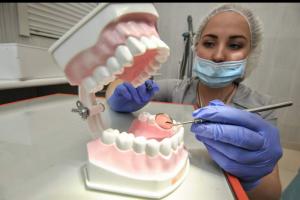Everyone who wants to achieve more should invest. You can invest in yourself, get an education and increase your human capital. But the most popular, famous and tangible is investing. To evaluate this type of investment, many indicators have been generated. And one of them, namely the investment multiplier, we now consider.
general information
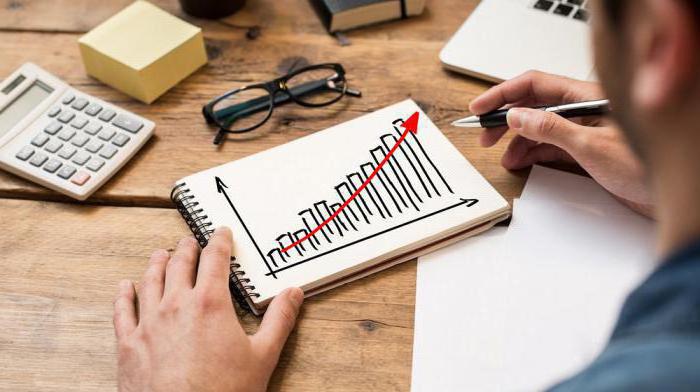 How to imagine the business and social impact of ongoing investment processes? How to choose the path along which stimulation will go in the framework of public policy? What is the logic of the investment multiplier? And here is a banal truth: money needs to work, not just be saved. The beginning of the formulation of this idea occurred in the distant thirties of the twentieth century, when Richard Kahn developed the concept of a macroeconomic employment multiplier. Subsequently, it was developed by Keynesian theory. And now the key essence can be expressed in these words: income in the national economy increases X times more for the amount of invested funds. Reusable revenue growth was called the multiplier investment effect.
How to imagine the business and social impact of ongoing investment processes? How to choose the path along which stimulation will go in the framework of public policy? What is the logic of the investment multiplier? And here is a banal truth: money needs to work, not just be saved. The beginning of the formulation of this idea occurred in the distant thirties of the twentieth century, when Richard Kahn developed the concept of a macroeconomic employment multiplier. Subsequently, it was developed by Keynesian theory. And now the key essence can be expressed in these words: income in the national economy increases X times more for the amount of invested funds. Reusable revenue growth was called the multiplier investment effect.
Bit of theory
The intensity of revenue growth depends on a number of factors. Among them, one characteristic stands out, namely, the marginal propensity of the population to save. This is an important macroeconomic indicator, which occupies one of the most important places in economic theory. We can say that the investment effect is similar to an echo in the mountains, when a single sound pulse, short and intense, is repeatedly reproduced, gradually fading. It is not superfluous to give such a definition from Keynesian theory: the multiplier (factor) is the coefficient by which you need to multiply the growth of investments to increase income.
A bit of practice
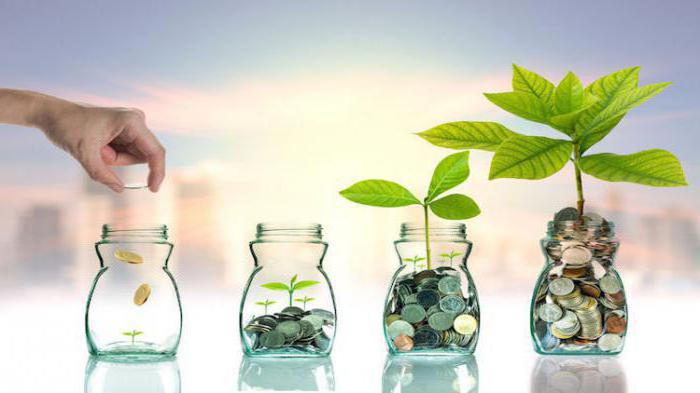 It’s certainly good to talk about consumption, savings, investments. The multiplier, however, is best understood by example, and even better - by what we ourselves have witnessed recently. At the beginning of 2006, oil prices fell below the line of thirty dollars per barrel. The ruble exchange rate against the US currency rose to 85. There were high risks of a fall in investment activity, household incomes and, as a result, buying activity. In response to this, the Government of the Russian Federation decided on January 22 to provide subsidies to the automotive industry in the amount of fifty billion rubles! Why exactly to her? The automotive industry is a locomotive industry, and it is one of the most high-tech. And, most importantly, it is at the very end of the technological chain of entire sectors of the country's economy. These subsidies were aimed at such tasks:
It’s certainly good to talk about consumption, savings, investments. The multiplier, however, is best understood by example, and even better - by what we ourselves have witnessed recently. At the beginning of 2006, oil prices fell below the line of thirty dollars per barrel. The ruble exchange rate against the US currency rose to 85. There were high risks of a fall in investment activity, household incomes and, as a result, buying activity. In response to this, the Government of the Russian Federation decided on January 22 to provide subsidies to the automotive industry in the amount of fifty billion rubles! Why exactly to her? The automotive industry is a locomotive industry, and it is one of the most high-tech. And, most importantly, it is at the very end of the technological chain of entire sectors of the country's economy. These subsidies were aimed at such tasks:
- Continuation of import substitution policy.
- Ensuring the growth of export opportunities.
- Preservation of existing and creation of new jobs.
- Promotion of automotive products in foreign markets.
We will not be sprayed and assume that the entire amount will go exclusively to the auto industry. As a result, industry wages will increase in the amount of subsidies in various proportions. In addition, income will be provided for related entities. Many people will feel that they have become richer. It is believed that in the near future, the propensity for savings will be held at 15%. It turns out that human consumption will be 85%, which will be about 42.5 billion rubles in money. They will take the form of new consumer demand.
Echo principle
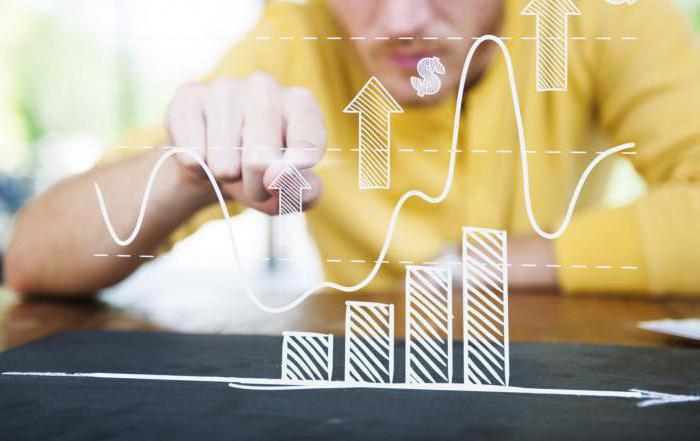 For simplicity of calculations, suppose that food was purchased for all 42.5 billion rubles. As a result, people employed in agriculture and the food industry will receive new incomes. They will feel richer. And then consumer demand will grow an additional 35.1 billion rubles (to get the value of 42.5 * 85%). There will be a chain reaction and the previously mentioned “echo effect”. As a result, we just have to watch how the multiplier of autonomous investments works. Initial investments start the process of activation of consumption. If you sum up all the values (50 + 42.5 + 31.1 ...), it turns out that the economic effect will reach an approximate value of 333 billion rubles! More than six and a half times more than at the beginning! These are the ones waiting for the economy of investment and income. The multiplier of investments will provide a significant economic effect and will significantly support the country at this difficult time.
For simplicity of calculations, suppose that food was purchased for all 42.5 billion rubles. As a result, people employed in agriculture and the food industry will receive new incomes. They will feel richer. And then consumer demand will grow an additional 35.1 billion rubles (to get the value of 42.5 * 85%). There will be a chain reaction and the previously mentioned “echo effect”. As a result, we just have to watch how the multiplier of autonomous investments works. Initial investments start the process of activation of consumption. If you sum up all the values (50 + 42.5 + 31.1 ...), it turns out that the economic effect will reach an approximate value of 333 billion rubles! More than six and a half times more than at the beginning! These are the ones waiting for the economy of investment and income. The multiplier of investments will provide a significant economic effect and will significantly support the country at this difficult time.
Result of infusion
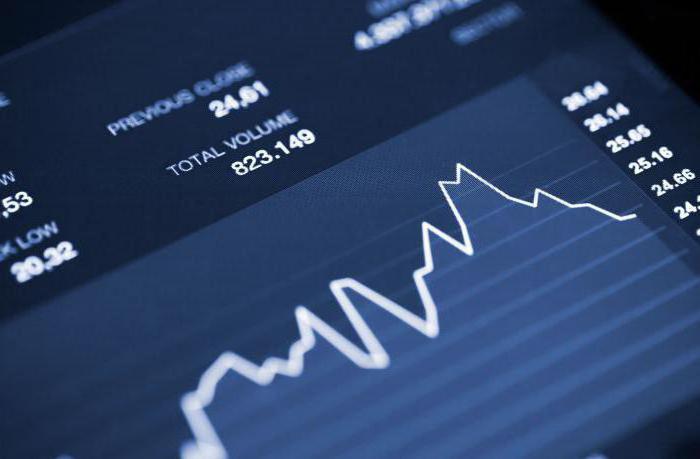 To summarize the above example, we can say that the investment multiplier is 6.66 with a savings rate of 15%. This is a significant amount. Of course, you can make a mistake in the little things, but the essence of this tool is precisely in creating such a chain and generating added value. To make sure the calculations are correct, other approaches can be used. If you need to record this situation in a simple way, then you can get by with this option: 50 / 0.15 = 333 billion rubles. It should be remembered that the size of the multiplier directly depends on the maximum size of savings.
To summarize the above example, we can say that the investment multiplier is 6.66 with a savings rate of 15%. This is a significant amount. Of course, you can make a mistake in the little things, but the essence of this tool is precisely in creating such a chain and generating added value. To make sure the calculations are correct, other approaches can be used. If you need to record this situation in a simple way, then you can get by with this option: 50 / 0.15 = 333 billion rubles. It should be remembered that the size of the multiplier directly depends on the maximum size of savings.
Who can be the source of momentum?
Can only the state be regarded as an investor? No, there is also the private sector. He is also interested in investments and the multiplier. This tool brings a lot of expenses to them, but there are always more profits than expenses. During the crisis periods of economic cycles, this effect can be applied in the most seemingly incredible directions. So, during the time of the Great Depression, Keynes proposed to invest in public works rather than industry, which stagnated in conditions of overproduction. It would seem stupid! After all, public works will not be able to increase the mass of goods. But this did not have to be done. In this way they achieved an increase in solvency and demand.
In Russian conditions
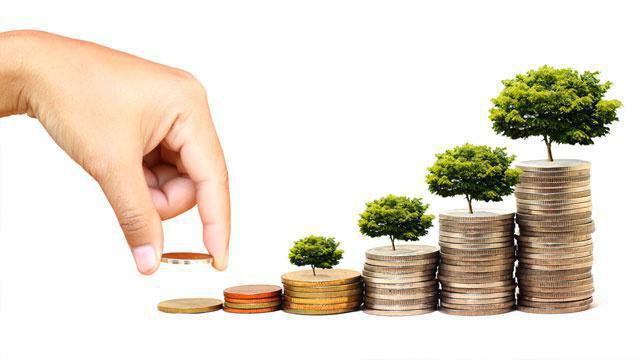 You can recall not such a distant past. So, when the crisis of 2008-2009 was raging, the so-called Road Revolution was launched in the South Urals, when billions were invested in the construction and repair of roads. This made it easier to survive a difficult period of time. It is difficult to underestimate the role of the state, especially in difficult and crucial moments. Indeed, in a series of problems, business can be very difficult to deal with, and many business entities can simply go broke, only increasing instability and problems. Alas, it cannot be said that we now have the best rules of market macroeconomics. Although, if you look from the other side, it is more difficult to imagine a more suitable situation for productivity and efficiency growth. Harsh conditions allow governments and companies to find solutions that literally provide a breakthrough.
You can recall not such a distant past. So, when the crisis of 2008-2009 was raging, the so-called Road Revolution was launched in the South Urals, when billions were invested in the construction and repair of roads. This made it easier to survive a difficult period of time. It is difficult to underestimate the role of the state, especially in difficult and crucial moments. Indeed, in a series of problems, business can be very difficult to deal with, and many business entities can simply go broke, only increasing instability and problems. Alas, it cannot be said that we now have the best rules of market macroeconomics. Although, if you look from the other side, it is more difficult to imagine a more suitable situation for productivity and efficiency growth. Harsh conditions allow governments and companies to find solutions that literally provide a breakthrough.
Conclusion
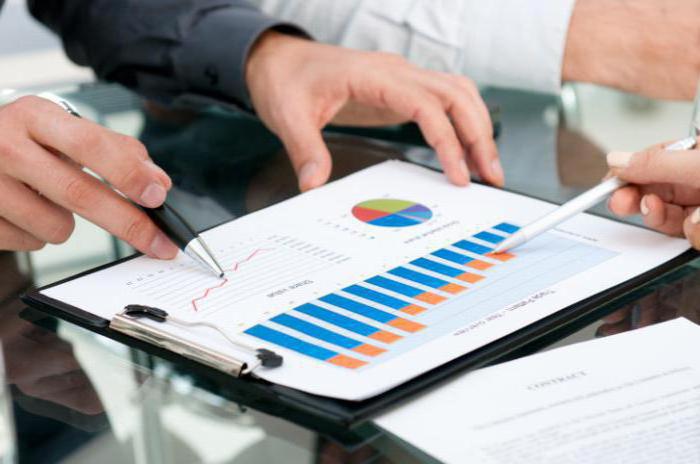 Summing up, it should be noted that the multiplier of investments allows us to evaluate the effect of state stimulation. Using this feature of the market allows you to generate a whole chain of intersectoral relationships, which ultimately translates into increased production and income. It is also necessary to note that the stronger the consumption, the higher the multiplier efficiency. Although this parameter can also have a positive effect, if you work with the Solow model. But this topic is already for a completely different article.
Summing up, it should be noted that the multiplier of investments allows us to evaluate the effect of state stimulation. Using this feature of the market allows you to generate a whole chain of intersectoral relationships, which ultimately translates into increased production and income. It is also necessary to note that the stronger the consumption, the higher the multiplier efficiency. Although this parameter can also have a positive effect, if you work with the Solow model. But this topic is already for a completely different article.








